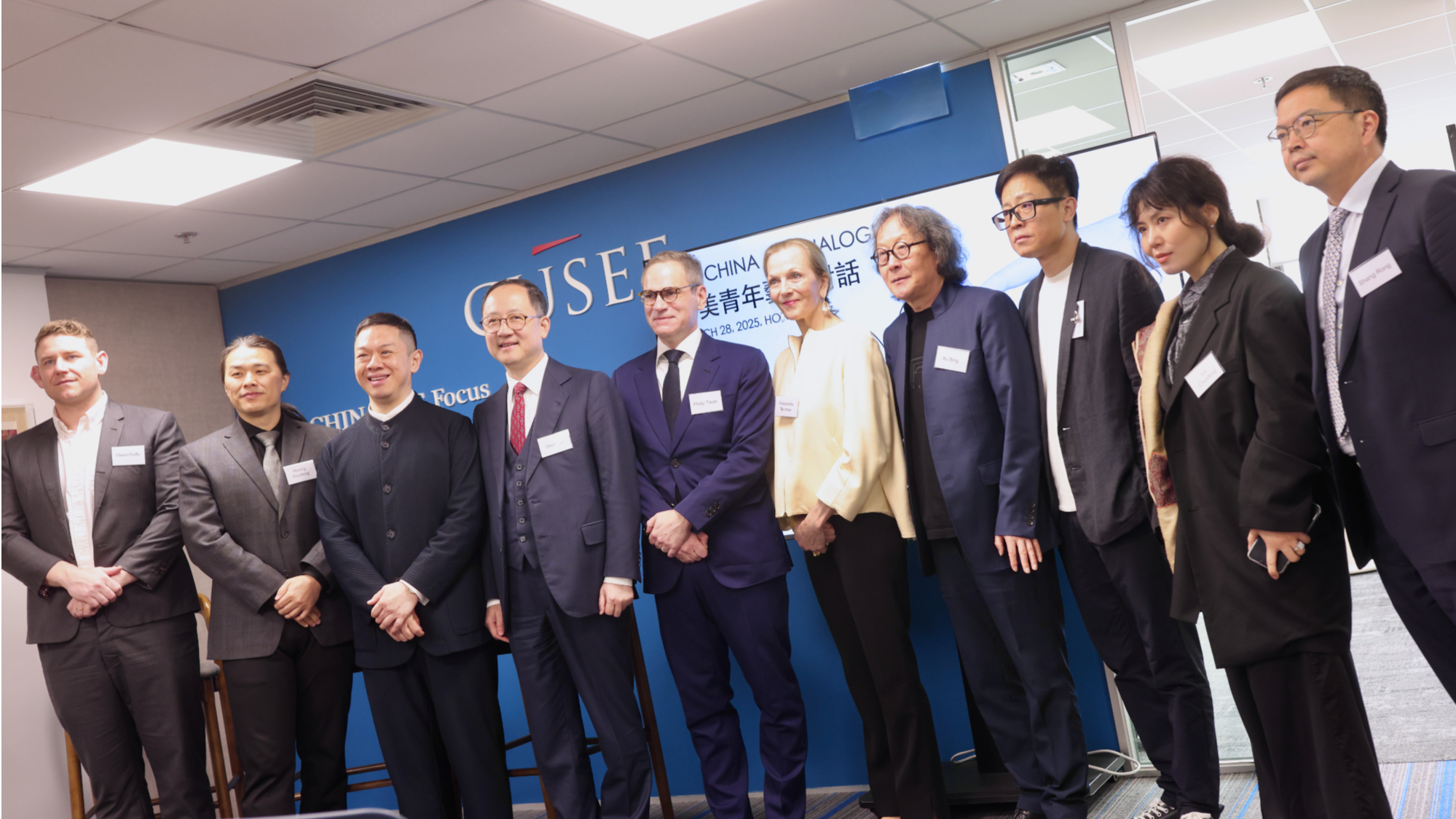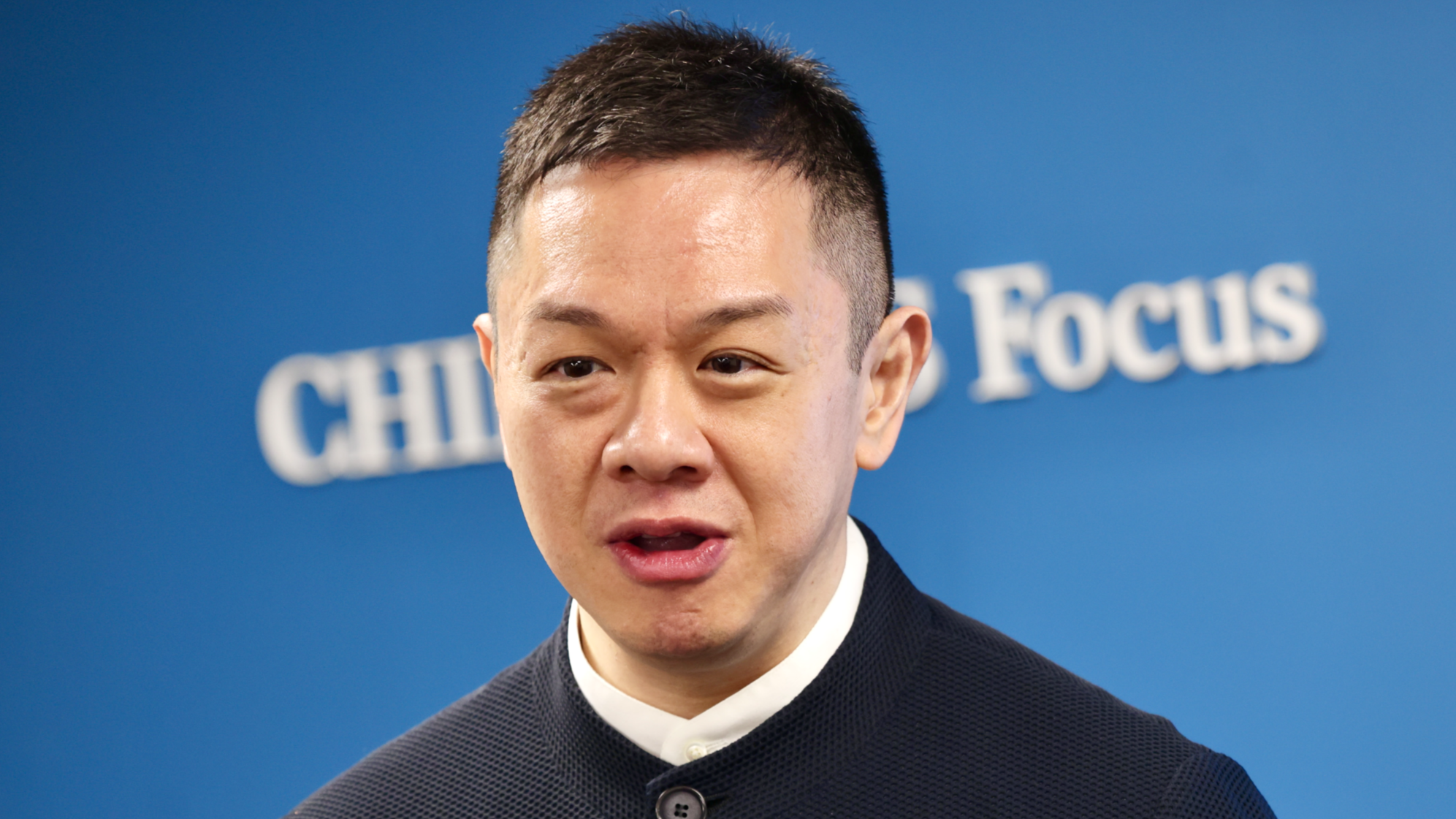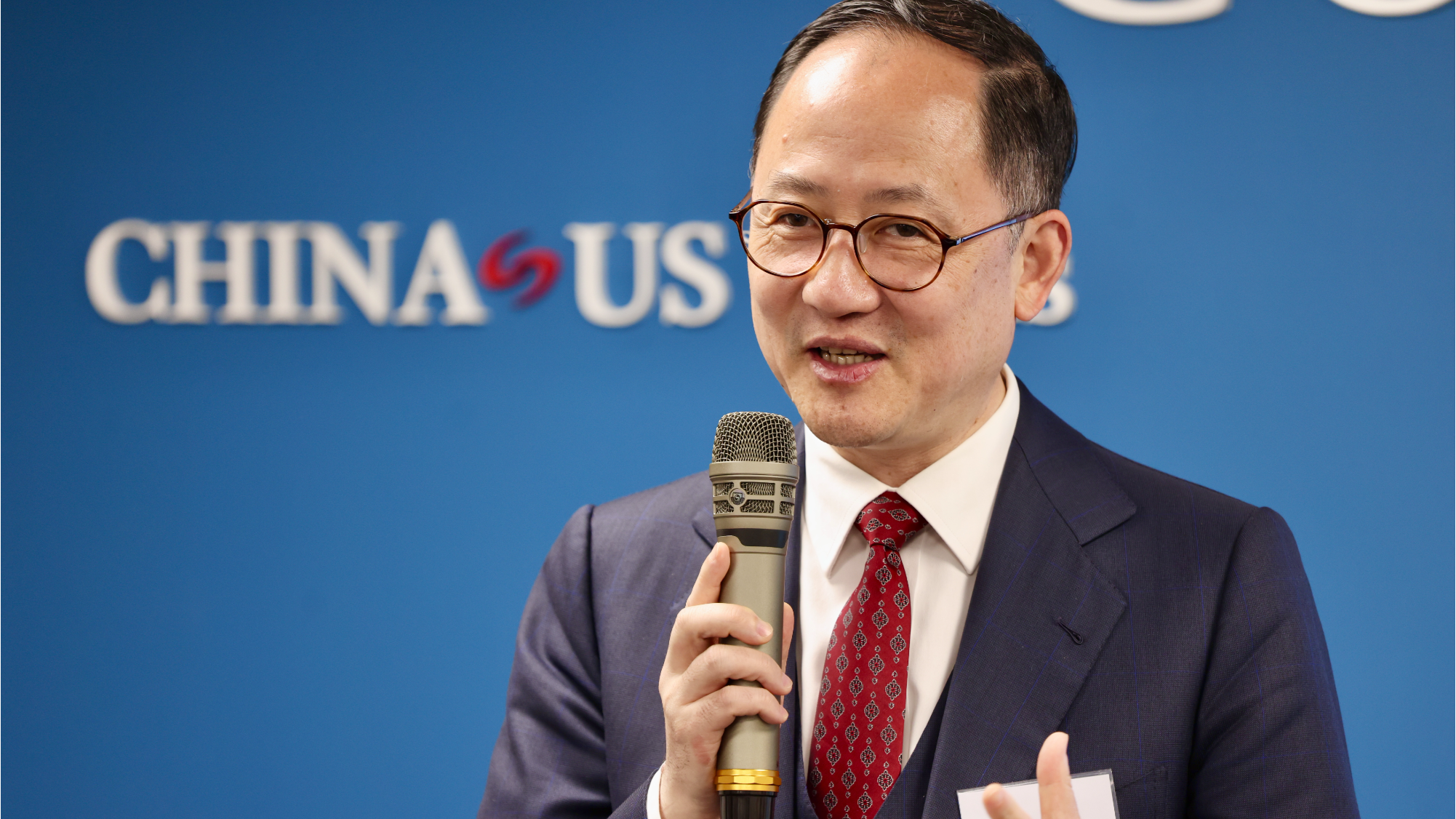
Hong Kong is serving as a gateway to facilitate US-China people-to-people exchanges despite the geopolitical headwinds, promoting a stable and reciprocal partnership and helping to mitigate any disputes that may arise between the two superpowers, highly regarded artists and diplomacy pundits said during a dialogue session on Friday.
The inaugural edition of the US-China Art Dialogue, aimed at fostering constructive engagement between the two countries in the humanities sphere, convened up to 90 art and cultural leaders on Friday at the China-United States Exchange Foundation (CUSEF), one of the event’s co-organizers, in Sheung Wan.
The event comprised three dialogue sessions, exploring the role of arts and cultural practitioners in collectively advancing global academic development, dispelling misunderstandings, and ultimately contributing to the formation of constructive US-China relations.
READ MORE: Cultural exchanges highlighted amid fraught Sino-US relations

“At this time of rising inward thinking and geopolitical tensions, Hong Kong, I believe, is finding a unique role for itself as a communicator and moderator in these global conversations,” James Chau, president of CUSEF, said in an interview with China Daily on the sidelines of the session.
Art, which can sidestep all the sensitivities that govern international relations today, serves as a powerful lever for establishing closer personal bonds that are conducive to the fulfillment of the greater goals of peace and prosperity of a community with a shared future for mankind, Chau said.
Hong Kong, which enjoys the advantages of “one country, two systems” and of being an East-meets-West center for international cultural exchange, can operate fluidly on the art scene between communities, countries, and even continents, Chau said.
“First of all, it can host (visitors from around) the entire world, and do so in English — currently still the most globalized language; and secondly, it is not an island on its own, it is linked to the Guangdong-Hong Kong-Macao Greater Bay Area (GBA),” Chau added.
The Greater Bay Area is gaining increasing recognition as a regional art powerhouse that pursues opportunities to inspire art circles in other parts of the country while promoting itself internationally, said Huang Xiaofeng, dean of the School of Humanities at the Central Academy of Fine Arts, who took part in the academic discussions on Chinese and American art.
The dialogue session coincided with the ongoing Art Basel Hong Kong 2025, one of the premier cultural events in the city’s “Art March” promotional drive, which attracted 240 galleries from 42 countries and regions worldwide.
Noah Horowitz, chief executive officer of Art Basel, who attended the dialogue session, said he is confident that the present geopolitical uncertainties will not dampen the prospects of vigorous connection-building between younger generations from China and America.
“There is no single American (culture), but there is one thing that we should always bear in mind: Americans (share a) fundamental desire to create outreaches and friendships … they build networks from a young age,” Horowitz said in the dialogue session themed “Art as a non-traditional catalyst: interventions and breakthroughs in modern US-China relations.”
Horowitz said he has been “remarkably impressed” by the many multimodal masterpieces on display at this year’s Hong Kong edition of the international art fair — from three-dimensional projects to textile-based works — as well as by the fair’s regional diversification, with galleries from the Chinese mainland, South Korea, Japan, and Southeast Asian countries rising to prominence.
In a video address, Wu Weishan, director of the National Art Museum of China (NAMOC), said: “As the director of the NAMOC for over a decade, I have increasingly recognized that dialogue through art is the original intention of individual artists and from the perspective of the country and the nation, and it has a profound and lasting impact.”
READ MORE: People-to-people exchanges keep Sino-US relations in balance

Shen Xin, vice-president of the Chinese People's Association for Friendship with Foreign Countries (CPAFFC) — another of the event’s co-organizers — cautioned in a sideline interview with China Daily that results cannot be quickly achieved when it comes to people-to-people relationship building in any field — the art and culture sector included.
“I do not expect dialogue to create immediate practical, pragmatic results. We don't seek such quick and short-term results. Relationships cannot be improved in minutes, even years,” Shen said.
“What we are doing is creating a more friendly atmosphere for open and candid discussions,” he added.
Contact the writer at wanqing@chinadailyhk.com


